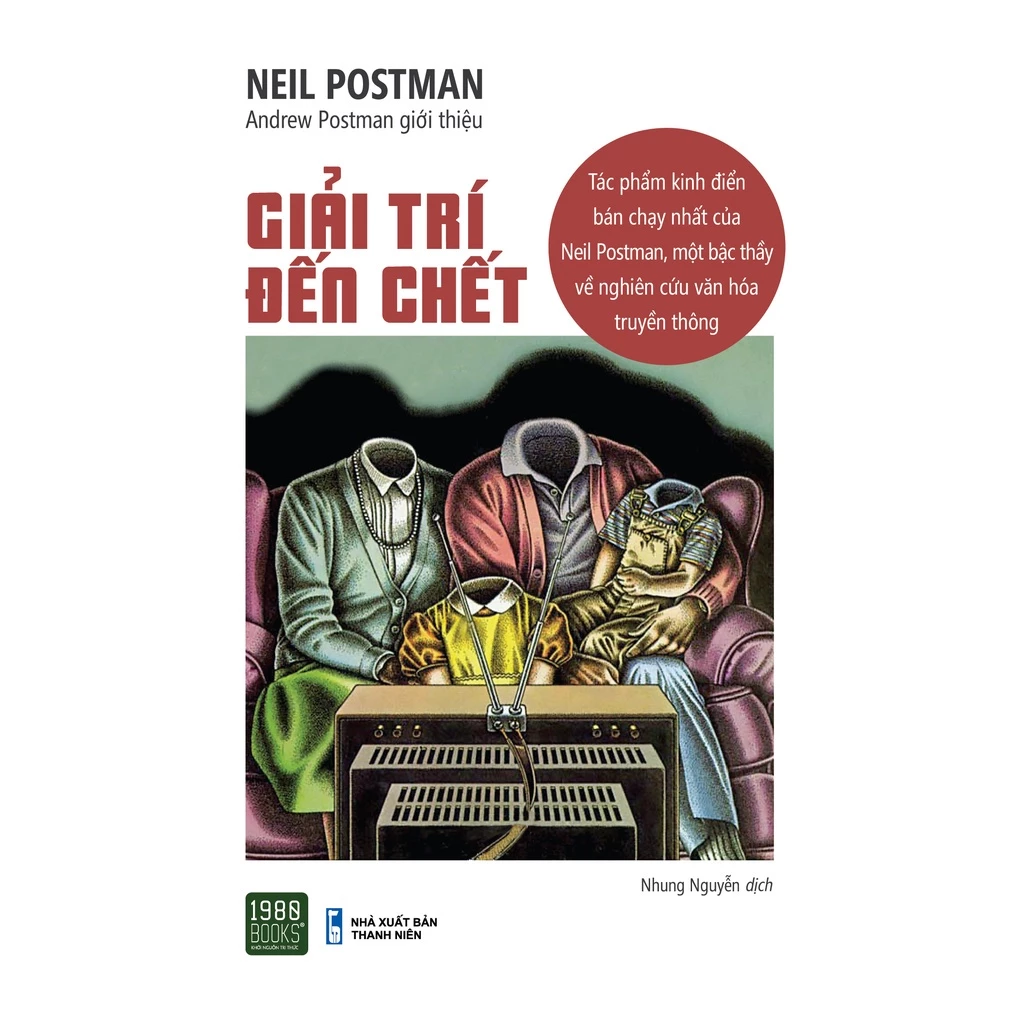Nhóm ngôn ngữ Semit Tây Bắc
Nhóm ngôn ngữ Semit Tây Bắc
| |
|---|---|
| Nhóm ngôn ngữ Levant | |
| Phân bố địa lý | tập trung ở Trung Đông |
| Phân loại ngôn ngữ học | Phi-Á
|
| Ngữ ngành con | |
| Glottolog: | nort3165[1] |
Nhóm ngôn ngữ Semit Tây Bắc là một bộ phận của các ngôn ngữ Semit bao gồm các ngôn ngữ bản địa Levant. Nó xuất phát từ ngôn ngữ Semit nguyên thủy trong thời kỳ đồ đồng sớm. Các ngôn ngữ thuộc nhóm này được sử dụng bởi khoảng 8 triệu người hiện nay.
Phân loại
[sửa | sửa mã nguồn]Nhóm này thường được chia thành ba nhóm con:
Canaan bao gồm tiếng Phoenicia và tiếng Hebrew
Aram bao gồm tiếng Syriac, tiếng Assyria
Lịch sử phát triển
[sửa | sửa mã nguồn]
Khoảng thời gian phân tách Semit Tây Bắc từ ngôn ngữ Semit nguyên thủy hoặc từ các nhóm Semit khác là không chắc chắn. Minh chứng đầu tiên của một ngôn ngữ Semit Tây Bắc là của tiếng Ugarit vào thế kỷ 14 trước Công nguyên.
Trong giai đoạn đầu thiên niên kỷ thứ 1, tiếng Phoenicia được truyền bá khắp Địa Trung Hải bởi những người thực dân Phoenicia, đáng chú ý nhất là Carthage ở Tunisia ngày nay. Bảng chữ cái Phoenicia có tầm quan trọng cơ bản trong lịch sử loài người là nguồn gốc tổ tiên của bảng chữ cái Hy Lạp, bảng chữ cái Latinh sau này, Aram (bảng chữ cái Hebrew), bảng chữ cái Syriac, hệ thống chữ viết Ả Rập, chữ rune và cuối cùng là bảng chữ cái Kirin.
Vào thế kỷ thứ 6 trước Công nguyên, việc sử dụng tiếng Aram lan rộng khắp vùng Semit Tây Bắc (xem tiếng Aram Đế quốc), phần lớn khiến các ngôn ngữ Semit Tây Bắc khác bị mai một. Người Do Thái cổ đại đã "nhận nuôi" tiếng Aram để sử dụng hàng ngày và để viết Tanakh. Tuy nhiên, tiếng Hebrew được bảo tồn như một ngôn ngữ cho nghiên cứu và ngôn ngữ phụng vụ của người Do Thái và được phục hưng vào thế kỷ 19, với sự điều hợp hiện đại, để trở thành tiếng Hebrew hiện đại của Nhà nước Israel.
Sau các cuộc chinh phạt của người Hồi giáo vào thế kỷ thứ 7, tiếng Ả Rập bắt đầu dần thay thế tiếng Aram trên toàn khu vực. Tiếng Aram tồn tại đến ngày nay với tư cách là ngôn ngữ phụng vụ của Giáo hội Kitô giáo Syriac, và được nói theo phương ngữ hiện đại bởi nhóm cư dân nhỏ và có nguy cơ biến mất sống rải rác khắp Trung Đông. Ngoài ra còn có một lớp nền Aram trong tiếng Ả Rập Levant.
Chú thích
[sửa | sửa mã nguồn]- ^ Nordhoff, Sebastian; Hammarström, Harald; Forkel, Robert; Haspelmath, Martin, biên tập (2013). "Northwest Semitic". Glottolog. Leipzig: Max Planck Institute for Evolutionary Anthropology.
Tài liệu
[sửa | sửa mã nguồn]- Blau, J. 1968. "Some Difficulties in the Reconstruction of 'Proto-Hebrew' and 'Proto-Canaanite'," in In Memoriam Paul Kahle. BZAW, 103. pp. 29–43
- Cross, F. M. 1965. “The Development of the Jewish Scripts,” in The Bible and the Ancient Near East: Essays in Honor of W. F. Albright, ed. G. E. Wright. New York. Reprinted 1965, Anchor Book Edition; New York, pp. 133–202.
- Cross, F. M. 1967. “The Origin and Early Evolution of the Alphabet,” EI 5: 8*-24*.
- Cross, F. M. 1982. “Alphabets and pots: Reflections on typological method in the dating of human artifacts,” MAARAV 3: 121-136.
- Cross, F. M. 1989. “The Invention and Development of the Alphabet,” in The Origins of Writing (ed. W. M. Senner; Lincoln: University of Nebraska), pp. 77–90.
- Cross, F. M. and Freedman, D. N. 1952. Early Hebrew Orthography: A Study of the Epigraphic Evidence New Haven: American Oriental Society.
- Daniels, Peter. 1996. The World’s Writing Systems. New York: Oxford.
- de Moor, Johannes C. 1988. "Narrative Poetry in Canaan," UF 20:149-171.
- Donner, H. and Rollig, W. 1962-64. Kanaanäische und aramäische Inschriften. 3 volumes. Wiesbaden. (5th ed.)
- Driver, G. R. 1976. Semitic Writing: From Pictograph to Alphabet. 3rd edition. London.
- Garbini, G. 1960. Il Semitico di nord-ovest. (And a critique by E.Y. Kutscher, JSS 10 (1965):21-51.)
- Garnier, Romain; Jacques, Guillaume (2012). "A neglected phonetic law: The assimilation of pretonic yod to a following coronal in North-West Semitic". Bulletin of the School of Oriental and African Studies. Quyển 75.1. tr. 135–145. CiteSeerX 10.1.1.395.1033. doi:10.1017/s0041977x11001261.
- Garr, R. 1985. Dialect Geography of Syria-Palestine, 1000-586 B.C.E. Philadelphia: UPenn.
- Gelb, I. J. 1961. “The Early History of the West Semitic Peoples,” JCS 15:27-47.
- Gelb, I. J. 1963. A Study of Writing. 2nd edition. Chicago.
- Gibson, J. C. L. 1971-87. Textbook of Syrian Semitic Inscriptions. 3 Vols. Oxford: Clarendon.
- Ginsberg, H. L. 1970. “The Northwest Semitic Languages,” in The World History of the Jewish People, volume 1/2: Patriarches. Tel Aviv.
- Greenfield, J. C. 1969. “Amurrite, Ugaritic and Canaanite,” in Proceedings of the International Conference of Semitic Studies. Jerusalem. pp. 92–101.
- Halpern, B. 1987. “Dialect Distribution in Canaan and the Deir Alla Inscriptions,” in “Working with No Data”: Semitic and Egyptian Studies Presented to Thomas O. Lambdin. Ed. D. M. Golomb. Winona Lake, IN: Eisenbrauns. pp. 119–39.
- Harris, Z. 1939. Development of the Canaanite Dialects. AOS, 16. New Haven: AOS.
- Herr, Larry G. 1980. "The Formal Scripts of Iron Age Transjordan," BASOR 238:21-34.
- Hoftijzer, J. and Jongeling, K. 1995. Dictionary of the North-West Semitic inscriptions. 2 volumes. Leiden/New York: Brill. Not including Ugaritic.
- Huehnergard, J. 1990. "Remarks on the Classification of the Northwest Semitic Languages," in The Balaam Text from Deir Alla Re-evaluated: proceedings of the international symposium held at Leiden, 21–ngày 24 tháng 8 năm 1989. pp. 282–93.
- Kaufman, S. A. 1988. “The Classification of North West Semitic Dialects of the Biblical Period and Some Implications Thereof,” in Proceedings of the Ninth World Congress of Jewish Studies (Panel Sessions: Hebrew and Aramaic Languages). Jerusalem: World Union of Jewish Studies. pp. 41–57.
- Moran, William L. 1961. “The Hebrew Language in its Northwest Semitic Background,” in The Bible and the Ancient Near East: Essays in Honor of W. F. Albright, ed. G. E. Wright. New York. Reprinted 1965, Anchor Book Edition; New York, pp. 59–84.
- Moran, William L. 1975. “The Syrian Scribe of the Jerusalem Amarna Letters,” in Unity and Diversity: Essays in the History, Literature, and Religion of the Ancient Near East (ed. H. Goedicke and J. J. M. Roberts; Baltimore/London: Johns Hopkins University Press) 146-166.
- Moscati, Sabatino, ed. 1969. An Introduction to the Comparative Grammar of the Semitic Languages: Phonology and Morphology. Porta Linguarum Orientalium, ns, 6. Wiesbaden: Otto Harrassowitz.
- Naveh, J. 1987. Early History of the Alphabet: An Introduction to West Semitic Epigraphy and Palaeography. 2nd edition. Jerusalem: Magnes. Especially sections on West Semitic.
- Parker, Simon B. 1997. Stories in Scripture and Inscriptions: Comparative Studies on Narratives in Northwest Semitic Inscriptions and the Hebrew Bible. Oxford: Oxford University Press.
- Rabin, C. 1971. "Semitic Languages," Encyclopaedia Judaica, volume 14, pp. 1149–57.
- Rabin, C. 1991. Semitic Languages (Jerusalem: Bialik). [in Hebrew]
- Rainey, A. F. 1986 “The Ancient Hebrew Prefix Conjugation in the Light of Amarnah Canaanite,” Hebrew Studies 27:1-19.
- Rainey, A. F. 1990. “The Prefix Conjugation Patterns of Early Northwest Semitic,” pp. 407–420 in Abusch, Tz., Huehnergard, J. and Steinkeller, P., eds. Lingering over Words, Studies in Ancient Near Eastern Literature in Honor of William L. Moran. Atlanta: Scholars.
- Renz, J. 1995. Handbuch der althebräischen Epigraphik. 3 volumes. Darmstadt.
- Vaughn, A. 1999 “Palaeographic Dating of Judean Seals and Its Significance for Biblical Research,” BASOR 313:43-64.
 GIẢM
33%
GIẢM
33%
 GIẢM
19%
GIẢM
19%
![[Review sách] Tàn ngày để lại: Còn lại gì sau một quá khứ huy hoàng đã mất](https://down-tx-vn.img.susercontent.com/sg-11134201-7rdx5-lxqgdohyz3nse3.webp) GIẢM
27%
GIẢM
27%
 GIẢM
17%
GIẢM
17%
 GIẢM
31%
GIẢM
31%




![[Thất Tinh Liyue] Tính cách của các Thất Tinh còn lại](https://uploadstatic-sea.mihoyo.com/contentweb/20200119/2020011911541592000.jpg)
